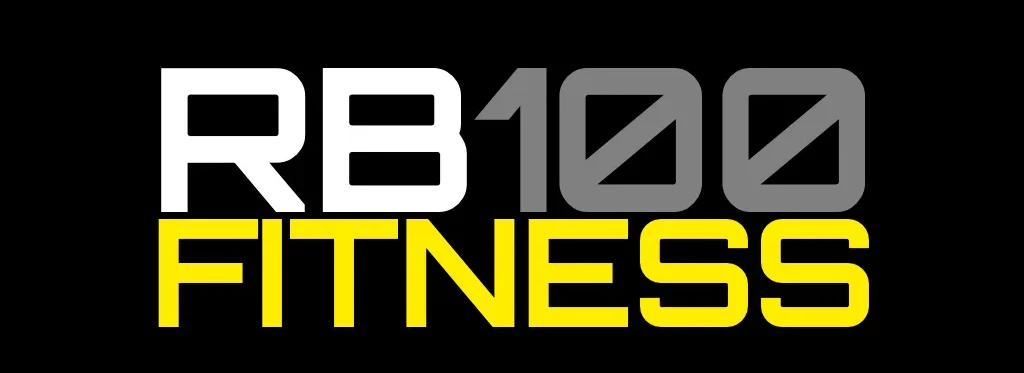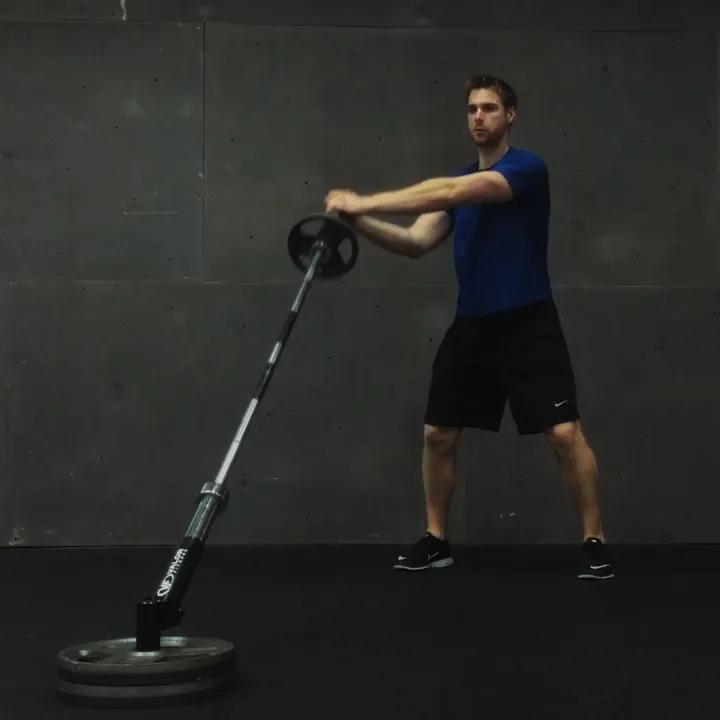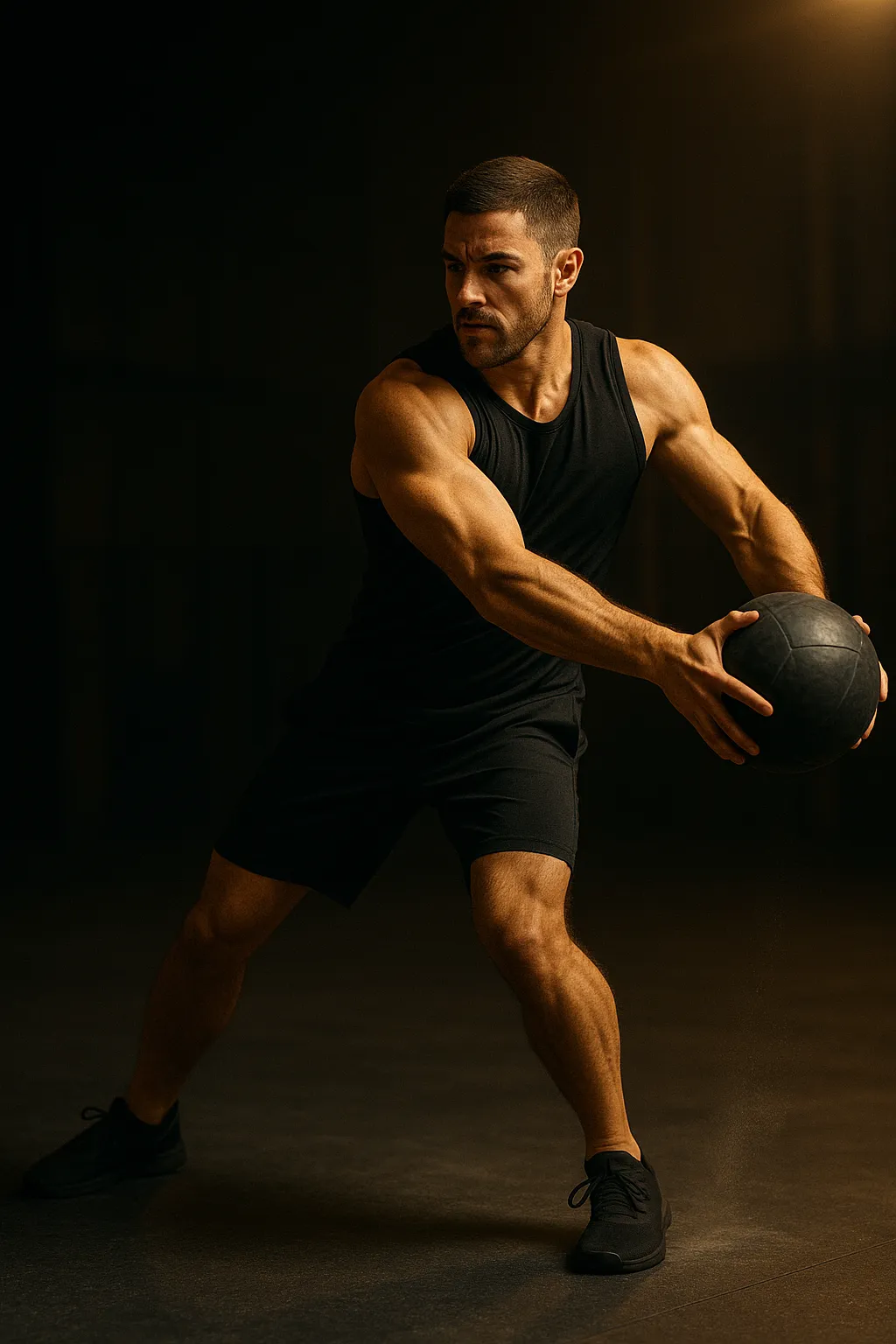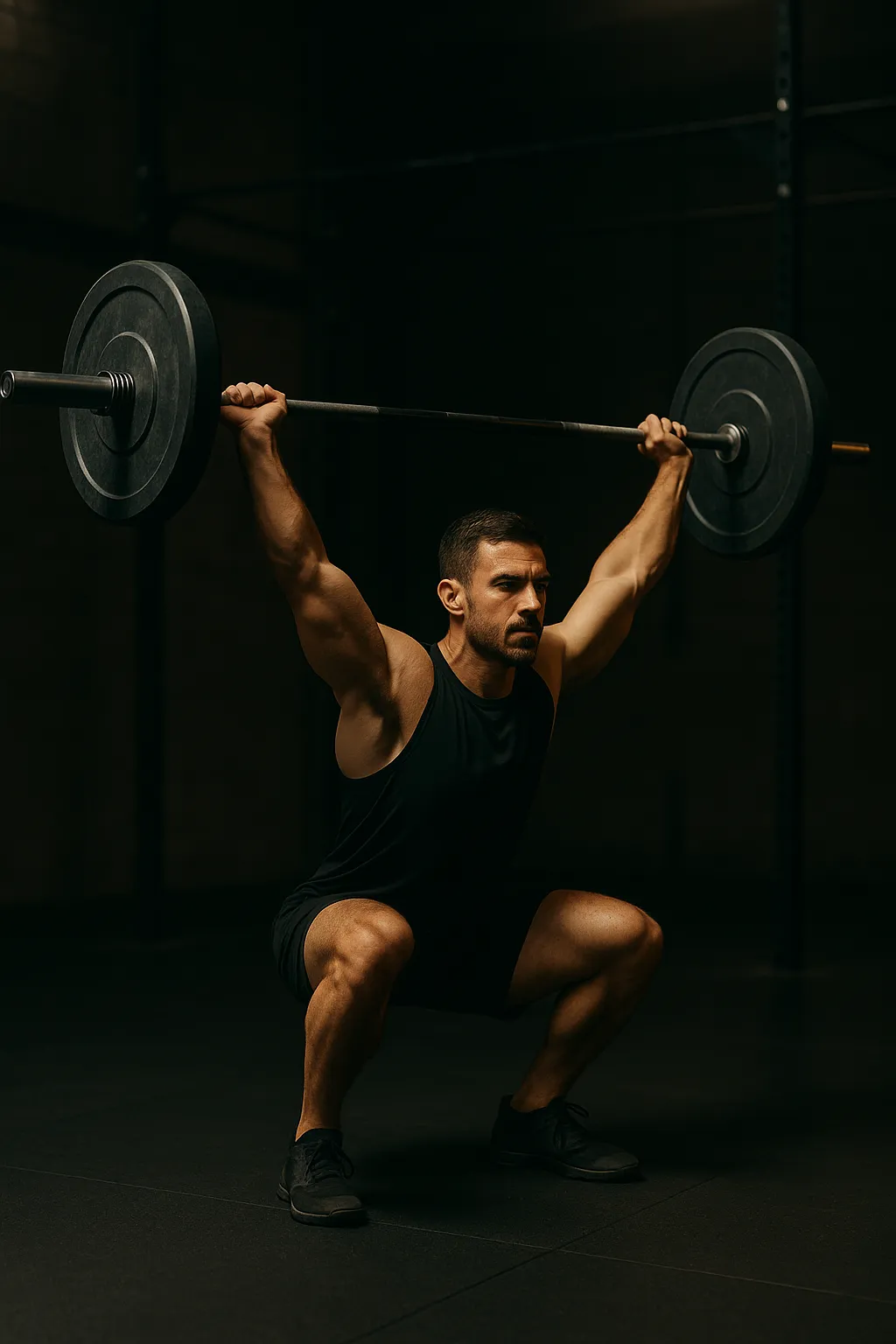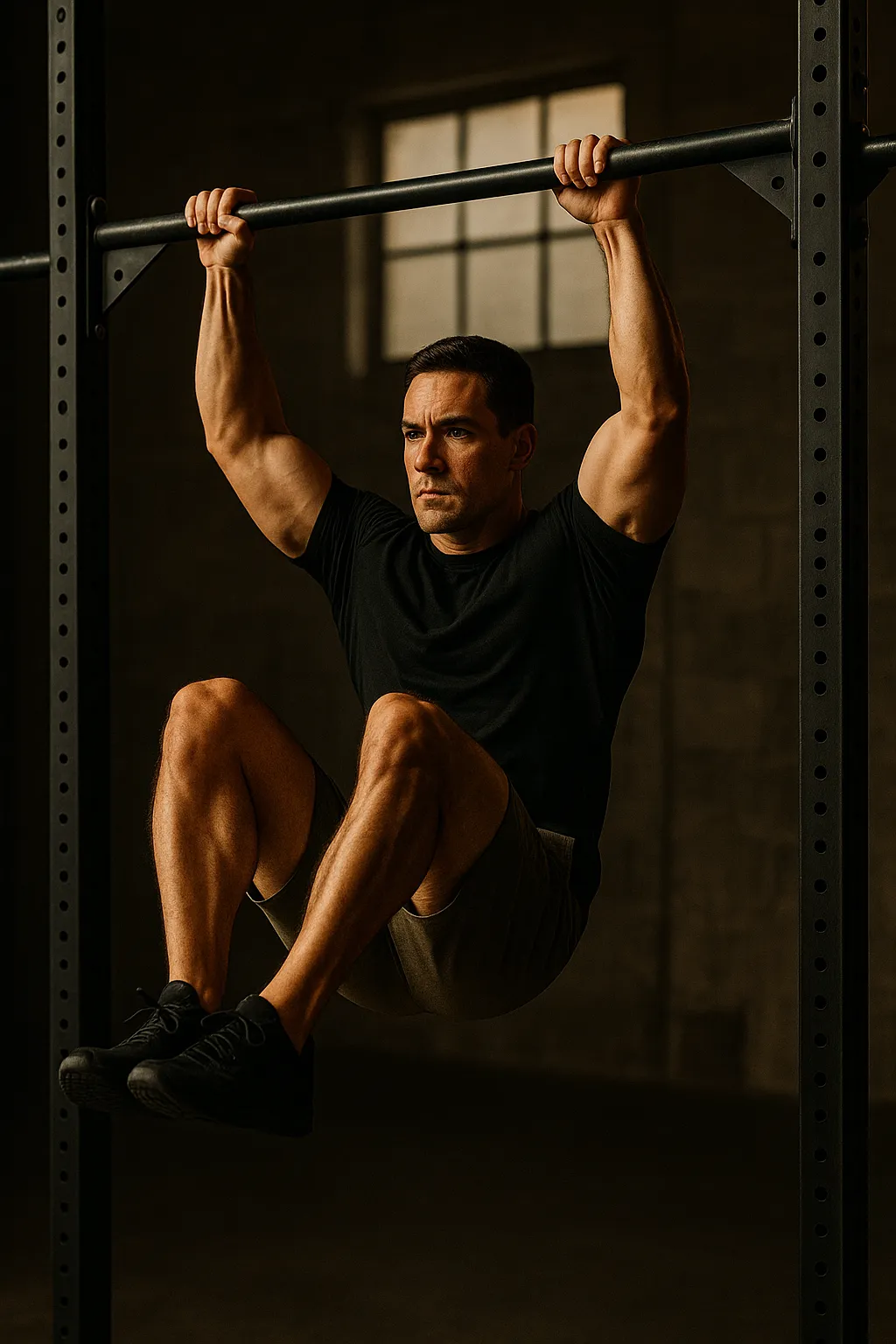Exercise Facts
| Movement Pattern | Core, Isometric |
|---|---|
| Muscle Group | Core, Glutes, Shoulders |
| Equipment | Bodyweight, Mat |
| Environment | Gym, Home, Outdoor |
| Skill Level | Beginner |
| Series | Bodyweight Strength Series, Core Control Series |
Overview
The plank is a simple yet highly effective isometric exercise for core stability. By holding a static position with the body in a straight line, it strengthens the abdominals, obliques, lower back, and even the shoulders and glutes. Unlike crunches, the plank builds functional stability that transfers to lifts, running, and daily posture.
To perform, set up in a forearm or push-up plank position, ensuring elbows are under shoulders, hips are level, and body forms a straight line from head to heels. Hold the position while bracing the core and glutes.
Planks can be progressed by increasing duration, adding instability (e.g., stability ball), or including dynamic variations like plank shoulder taps. They’re scalable for beginners and advanced athletes alike.
RB100 athletes may aim for a 100-second plank challenge, testing both strength and mental focus. The plank is also a safe rehabilitation exercise for those rebuilding core stability.
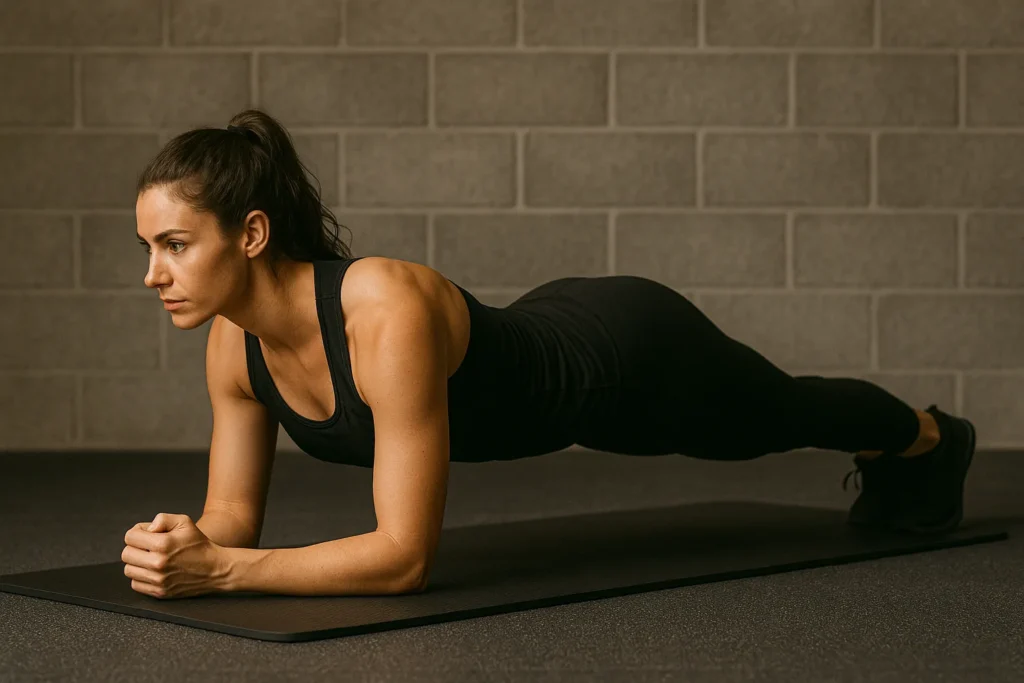
Setup (Steps)
Forearms/elbows under shoulders, legs extended.
Execution (Steps)
Brace core, hold body in straight line.
Coaching Cues
“Squeeze glutes.” “Brace abs.” “Neutral neck.”
Common Faults & Fixes
Hips sagging → engage core.
Hips too high → lower torso.
Neck strain → tuck chin slightly.
Programming Ideas
3×60s holds;
100-second challenge.
Variations
Side plank, plank with lifts.
Regressions
Knee plank, shorter holds.
Standards & Competition Notes
Straight line head to heels.
Safety Notes
Avoid arching back; breathe steadily.
